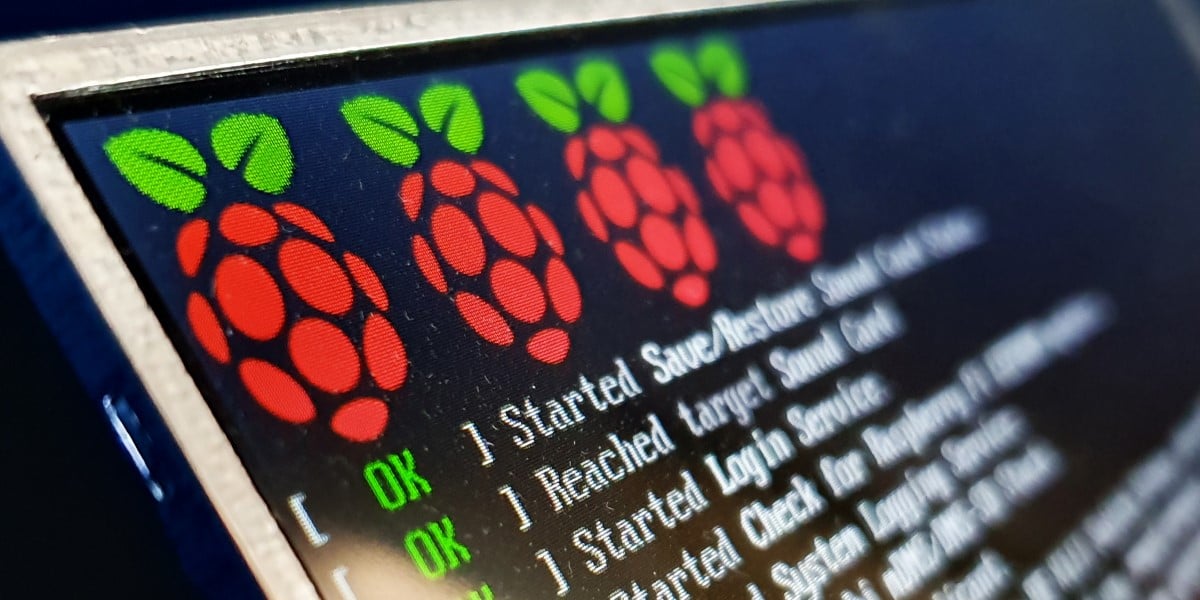
Enlarge / We’d like to replace you with a forest.
By shifting to more plant-rich diets, wealthy nations could cut their agricultural emissions by 61 percent—and sequester nearly 100 gigatons of CO2 equivalent if the surplus farmland is left to rewild.
The global food system is the second-biggest source of anthropogenic greenhouse gases (GHGs), accounting for up to a third of emissions. Over half of that number comes from meat and dairy production, despite these sources providing a meager 20 percent of the world’s calories. Wealthy nations drive most of this demand.
A recent study calculated the carbon-saving potential of having these wealthy countries shift away from meat and dairy in a way that would create what the study authors call a double dividend. “Our double dividend means if we change animal-based diets to plant-based diets, we can reduce GHG emissions (dividend one) from direct agricultural production,” explains lead author Dr. Zhongxiao Sun. “The saved agricultural land from diet change can be restored to potential natural vegetation for carbon sequestration (dividend two).”
Adopting something called a “planetary health diet” and letting native ecosystems re-grow could help wealthy nations—notably the US—meet their Paris Agreement targets. And the diet is healthier, to boot.
Eating for planetary health
Eating sustainably aligns remarkably well with eating healthily. In 2019, the EAT-Lancet Commission published its planetary health diet, which was created by 37 leading scientists from 16 countries, spanning disciplines including human health, political science, agriculture, and environmental sustainability. The aim of the guidelines was to create a global set of recommendations for how to eat for optimal human and environmental health. The diet is readily adaptable to regional food availability and culture, and the proposal also meets the United Nations’ sustainable development and climate goals.
The authors of the current study used a combination of available data sets to simulate the immediate emissions impact of 54 high-income countries adopting the EAT-Lancet diet. They began with these countries because, per capita, their populations eat six times as much meat, and they have the most options and financial wherewithal to choose what they eat.
The data sets behind the authors’ analysis included the Food and Agriculture Biomass Input–Output model (FABIO), which correlates international food demand with primary agricultural production (the 54 countries were selected in part based on their presence in FABIO). Using a GHG emissions data set from the 2010 Food and Agriculture Organization’s statistical database (FAOSTAT), the team could then translate the national GHG savings that would result from the changes in diet.
Some of the key features of the EAT-Lancet diet include eating no more than 98 grams of red meat (pork, beef, or lamb), 203 grams of poultry, and 196 grams of fish per week. As an alternate source of protein (and bonus source of fiber), the authors recommend eating at least 125 grams (dry weight) of legumes such as dry beans, lentils, and peas per day. Dairy is optional, but they advise keeping it below 500 grams per day.
In addition to the emissions estimates, the team calculated how much farmland would be freed as a result of these dietary changes. Currently, up to 80 percent of farmland is used for grazing and growing animal feed—but that translates to a mere 20 percent of the world’s calories. Beef production is also the number-one driver of deforestation.
A large portion of the farmland used to grow livestock feed could be repurposed for crops for direct human consumption, increasing the production of vegetables, fruit, and plant-based proteins. This would still leave plenty of land for ecosystem restoration. Assuming that this land was allowed to revert to its natural state (called passive restoration), the authors used global maps of crops, pastures, soil carbon, and vegetation to project how much carbon could be sequestered.
Note: This article have been indexed to our site. We do not claim legitimacy, ownership or copyright of any of the content above. To see the article at original source Click Here








:strip_exif()/i/2004609166.jpeg?f=meta)




